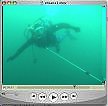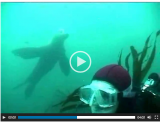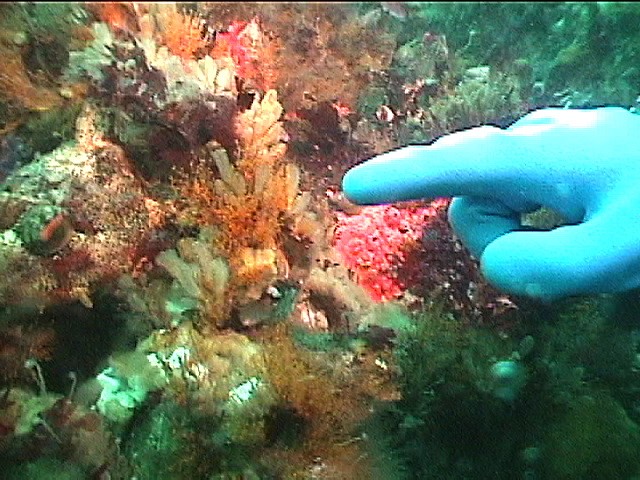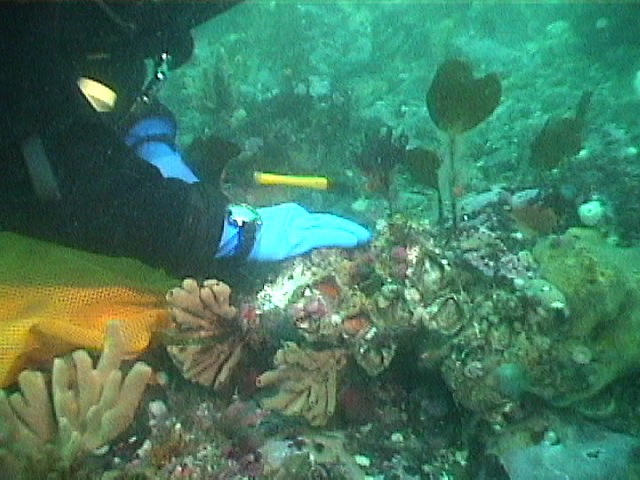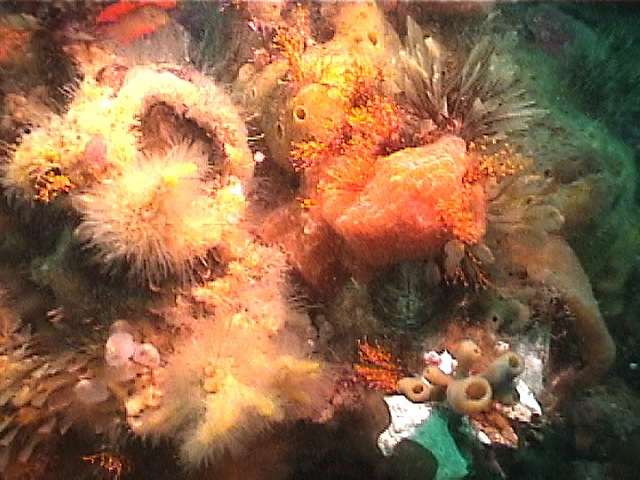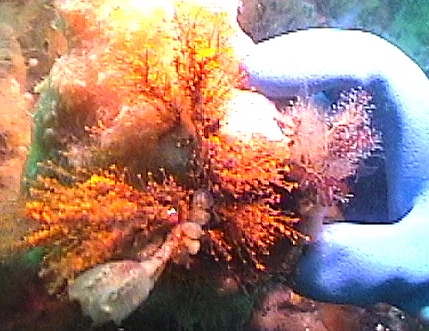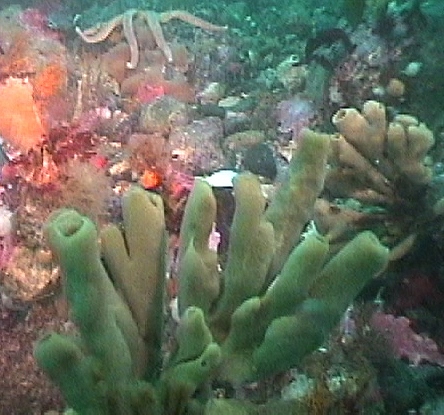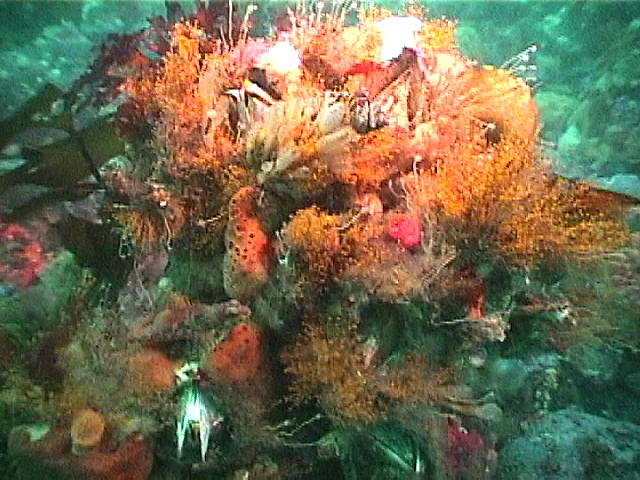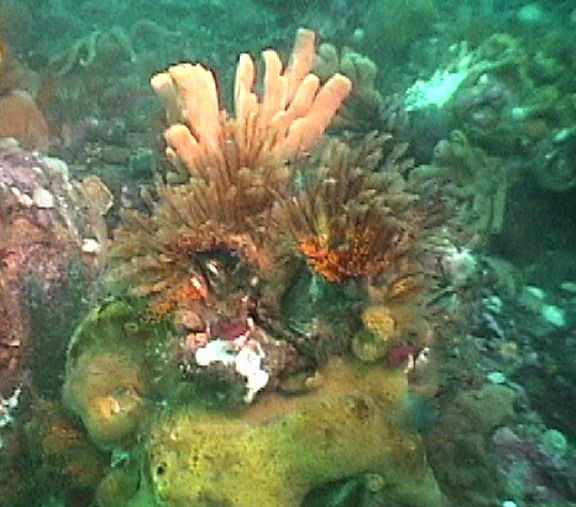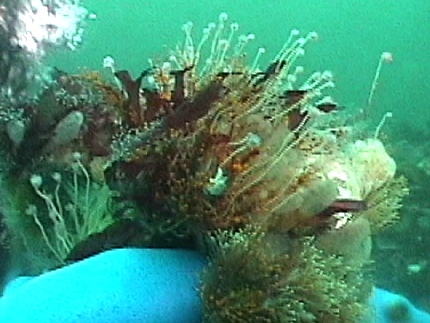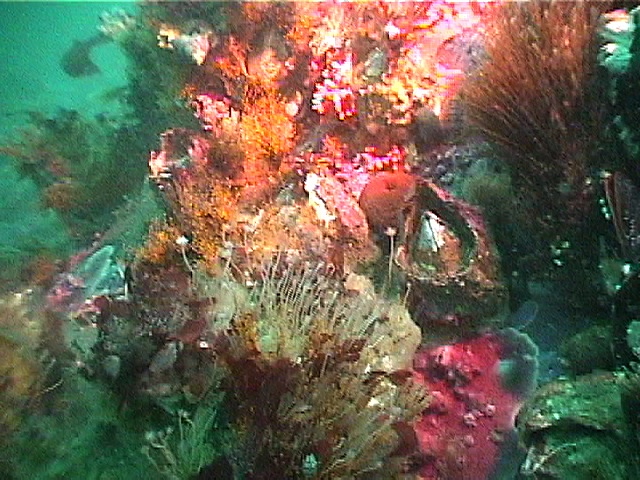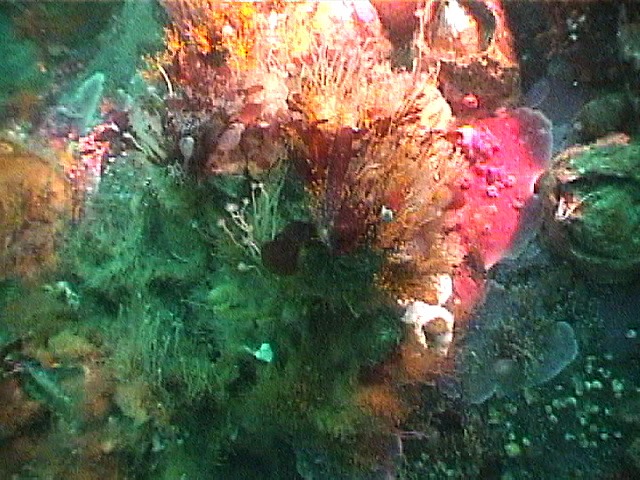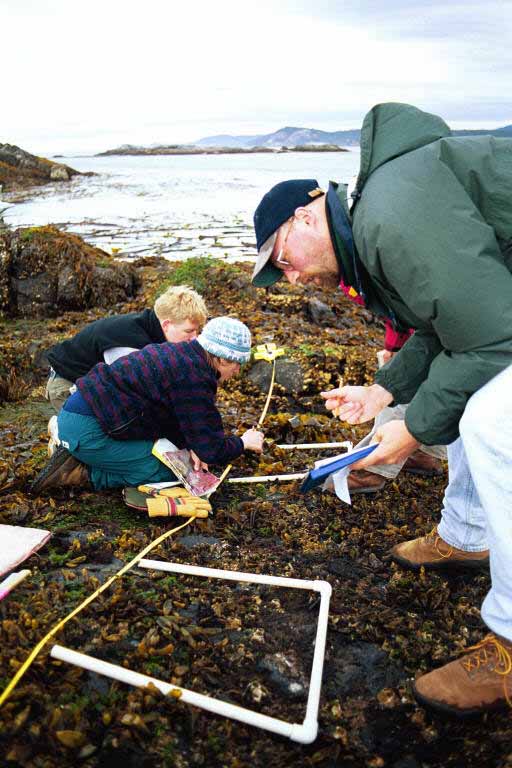Underwater Webcasts by the Divers
The Underwater Environmental Data Sensor Bar.
 |
 |
kjkjkjkjk |
| In December 2000, the students and faculty of Pearson College install the first of the underwater environmental data sensors | Fouling -or succession– depends on how you look at it. |
Underwater Work for the Tidal Energy Project
 |
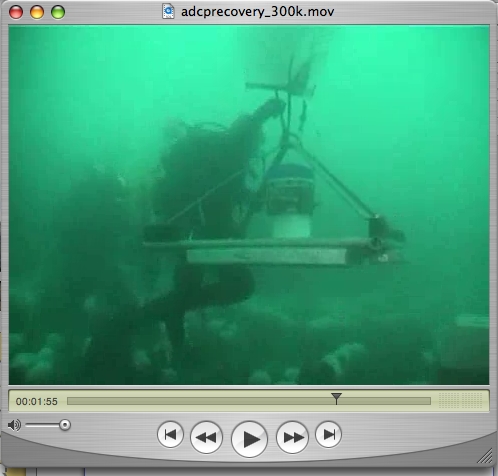 |
 |
 |
| ADCP deployment for the Tidal Power Project | Deployment and Retrieval of the ADCP from the Bottom of the Channel | Succession Study of coatings and materials | Chris Blondeau and Juan Carlos video the substrate at the site of the piling installation, and test the depth of the overburden. |
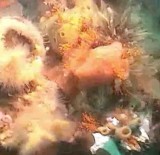 |
 |
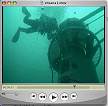 |
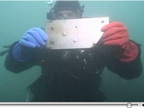 |
| Turbine site hydroid survey by Chris Blondeau and Juan Carlos Yabar, 2006
|
Pam and Jason from Archipelago Marine do their underwater survey of the location of the Piling Drilling for the Current Energy Project. | Video on the Pearson College, EnCana, Clean Current Tidal Power Demonstration Project at Race Rocks
|
In December of 2007,The Pearson College Divers installed a set of junction boxes as part of a materials testing experiment for the tidal energy project. |




